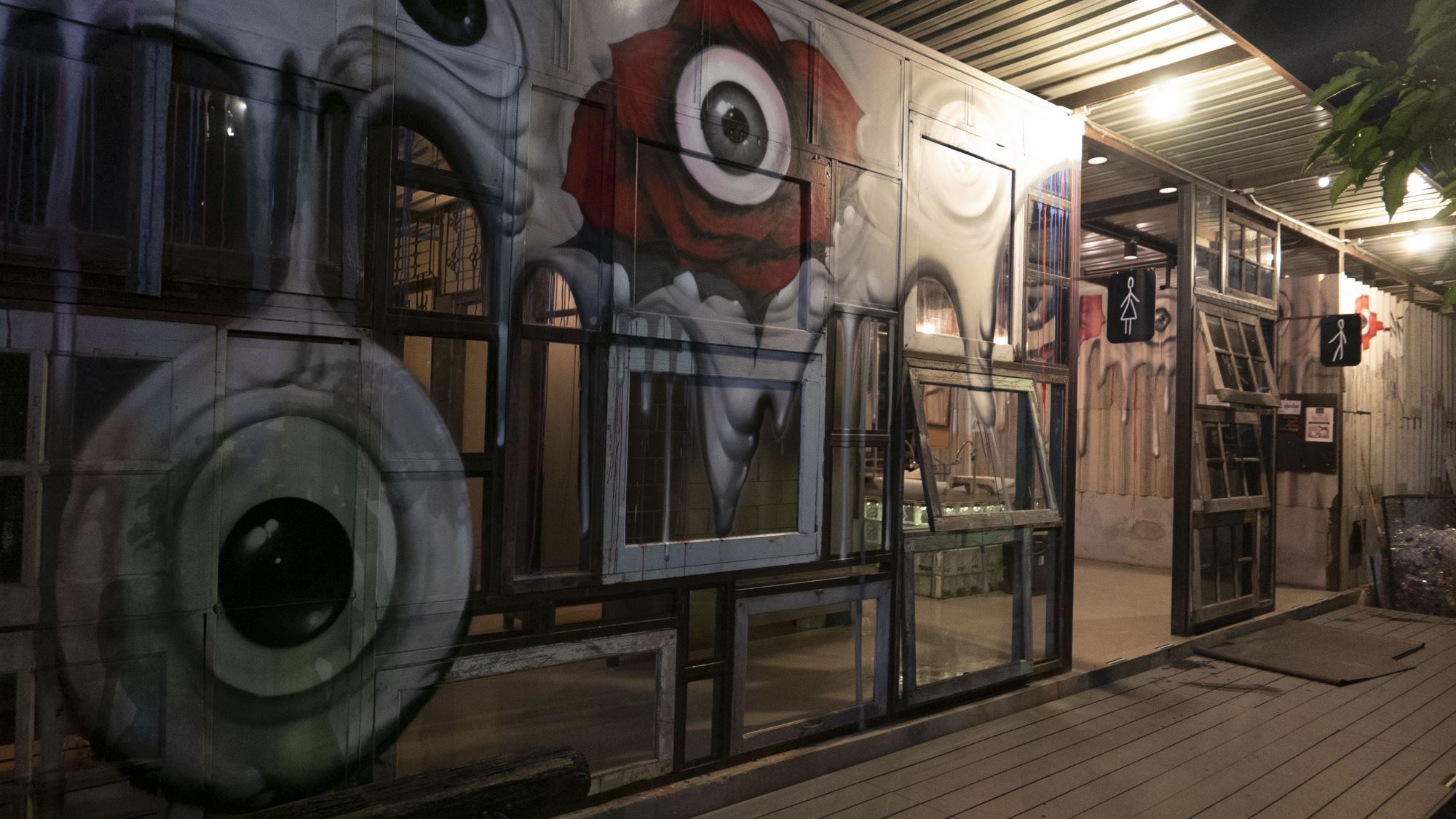reelance Writer, Thailand;
author of Very Thai: Everyday Popular Culture and Very Bangkok: In the City of the Senses
Abstract: Bangkok, Thailand, is typically considered an unplanned mess. Yet, through the lens of cultural values, it is possible to re-evaluate the architectural rationales and rival visions, rendering the city more coherent. This study examines local beliefs, ideologies, and cultural traits that have shaped the Thai capital’s urban character. It analyses Bangkok’s origins as a sacred embodiment of divine rule, through its reinvention as a siwilai (civilized) metropole that localized imported styles to its freewheeling growth as an industrial megalopolis. Cultural traits reveal how the city has handled migration, catered to an aspirational middle class, and overlaid modern infrastructure atop an ancient layout designed for a social cantonment. As urbanists try to make sense of Bangkok’s unique built environment, conceptual frameworks tend to highlight the role of informal, often temporary, structures that planners and officials dismiss. This approach goes beyond traditional architectural history to address emergent movements like “messy urbanism,” theories based on Thai social mores, and independent initiatives by landscape architects, to seek a fuller understanding of Thai urbanism.







%20at%20Bangkok%20Design%20Week%202021%20%20DSCF4952.jpg)
Bumrung Nukulkit Printing House (established 1895) at Bangkok Design Week 2021




 loading......
loading......